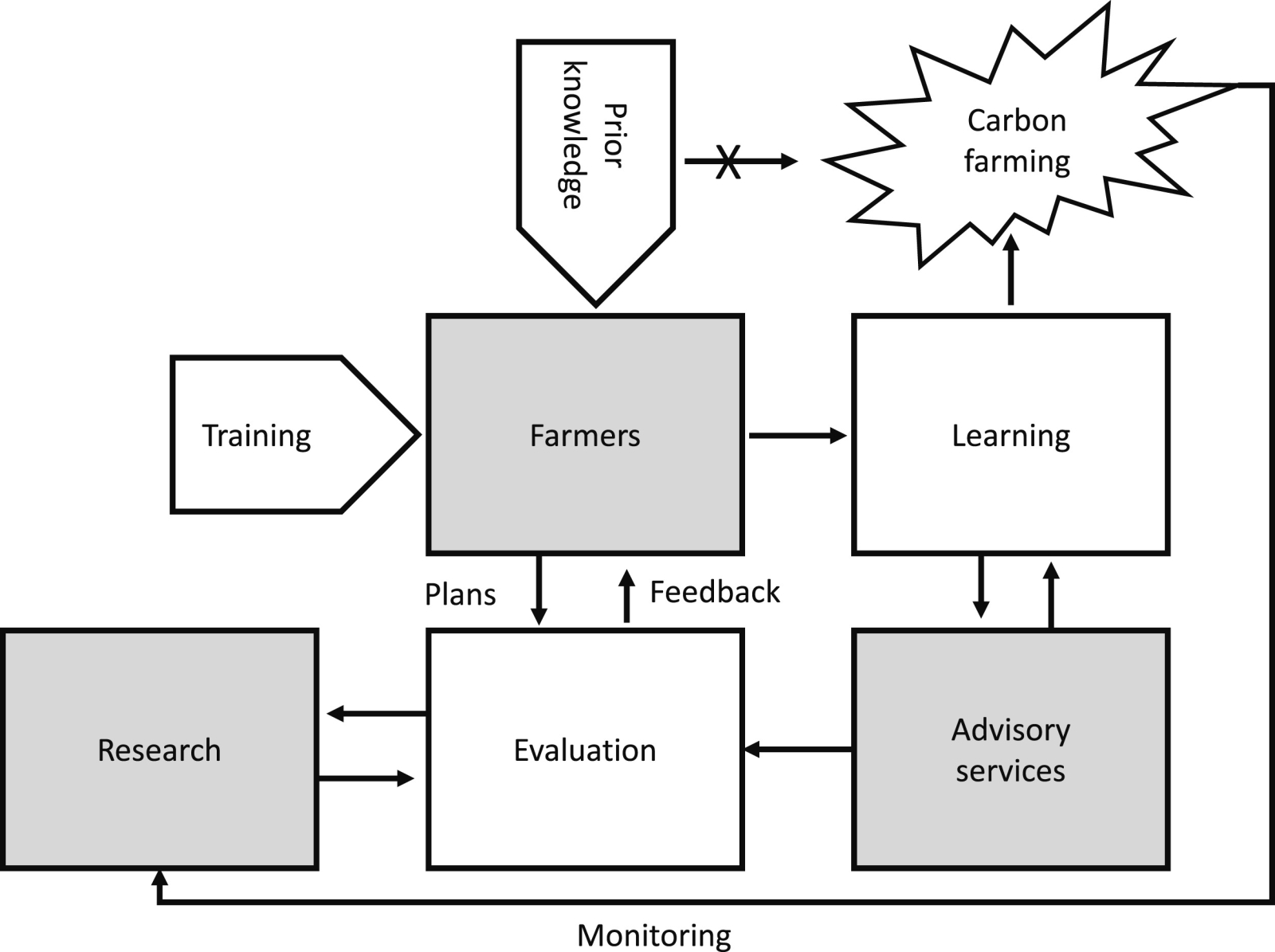January 1, 2022 | Soil and Tillage Research | Source |
Introduction: Soil carbon sequestration is a key method for mitigating climate change by storing carbon in agricultural soils. To explore this, Finnish Environment Institute collaborated with Baltic Sea Action Group BSAG in training 105 Finnish farmers to develop Carbon Farming Plans for their fields.
Key findings: Despite high existing soil carbon levels, these plans showed significant potential for additional carbon storage. The plans often involved adding cover crops, nutrient-rich amendments, and improving soil structure.
Farmers faced challenges due to nutrient deficiencies in soils and limited knowledge about carbon balance. Many chose measures that improved soil health and productivity but had less impact on carbon storage. A combination of modeling and soil sampling is needed to accurately measure carbon sequestration. The study highlights the importance of practical training and support for farmers, integrating both scientific knowledge and real-world applications.

Figure | Connecting research, farmers and advisors through planning, training and monitoring. Carbon farming plans and their implementation were the results of this farmer participatory research process.




